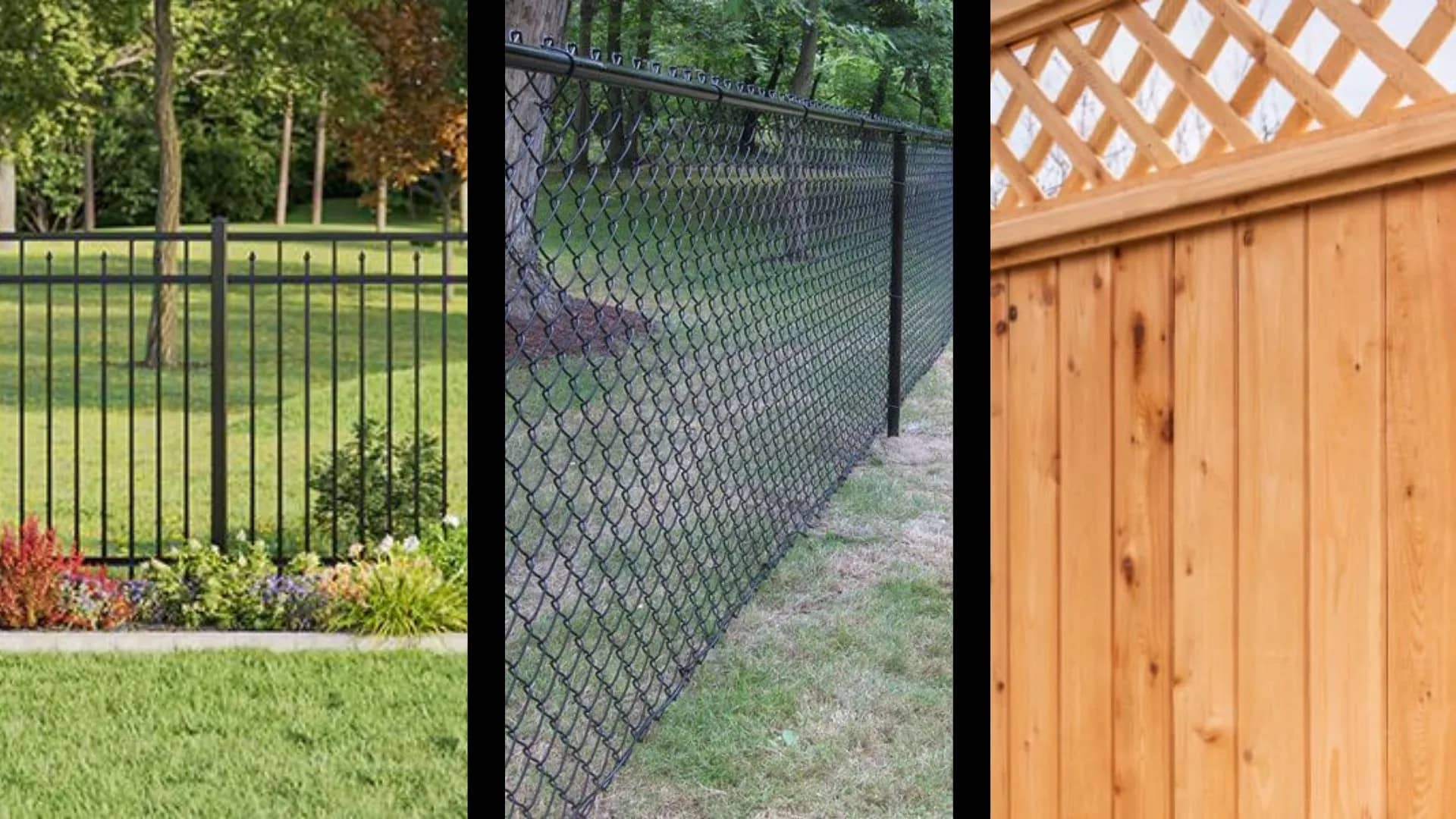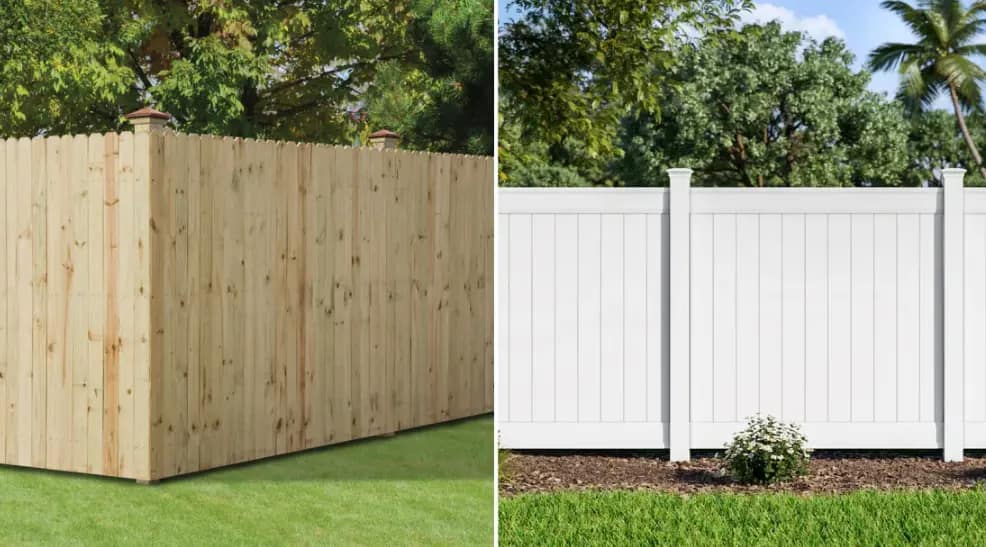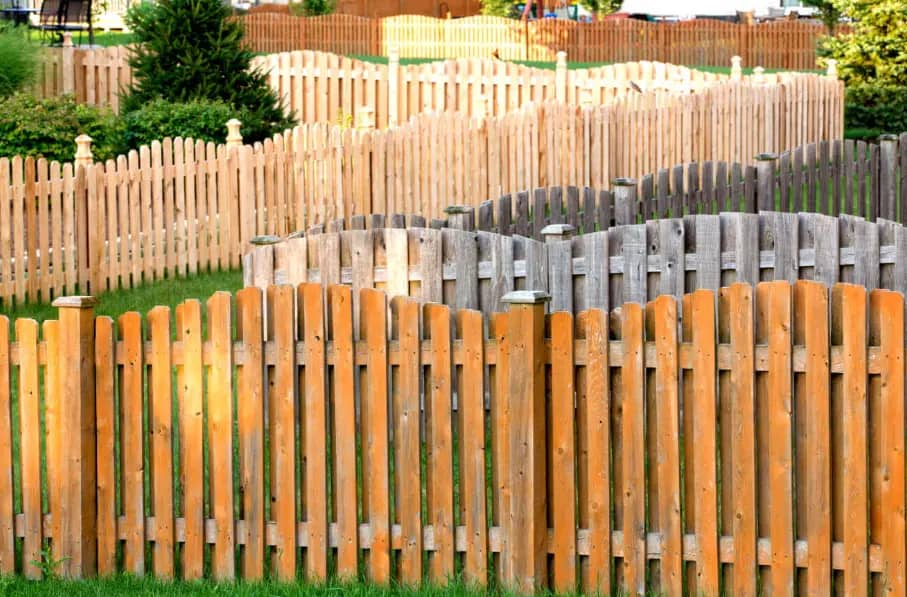So, you finally decided to use wood for your fence. It’s an easy choice because of the versatile nature of the material. Wood also looks great, so you know the aesthetic side is covered. But next comes another challenge. What type of wood should you use? The sheer number of options can make this seem a little overwhelming.
The next best thing you can do is to explore. Take a look at the various options you have for wooden fences if you live in St. Louis. You need to be careful and think about it before making a decision. Read on as you start exploring different types of wood for fences in St. Louis.
Your Wooden Options for Fences in St. Louis
Cedar
If cedar were a Cardinal, it’d be Stan Musial – reliable, long-lasting, and universally admired. Western Red Cedar is the go-to for many St. Louis homeowners, and for good reason. It’s naturally resistant to rot and insects, which is a big deal in our humid summers when termites are on the prowl. Cedar has this rich, warm color that just screams “welcome home,” and it ages gracefully to a distinguished silver-gray if you let it.
The downside? It’s not exactly cheap. But like grabbing those playoff tickets, sometimes you gotta splurge for quality. Plus, cedar’s durability means you won’t be replacing it anytime soon, so it might save you money in the long run.
Pressure-Treated Pine
If cedar’s Stan Musial, pressure-treated pine is like Ozzie Smith – not as flashy, but boy, does it get the job done. This stuff is your basic pine, but it’s been treated with chemicals to resist rot and bugs. It’s the most common choice for fences in St. Louis, and you’ll see why when you check out the price tag.
Pressure-treated pine starts out looking a bit green (thanks to the treatment), but it’ll weather to a nice honey brown over time. It’s tough as nails and can handle our bipolar weather without breaking a sweat. The catch? Some folks aren’t crazy about the chemicals used in the treatment process. But modern methods are a lot safer than they used to be, so don’t let that scare you off.
Redwood
Redwood is like that fancy restaurant on the Hill – beautiful, distinctive, and yeah, a bit pricey. This wood has a gorgeous natural color that’ll make your neighbors green with envy. It’s also naturally resistant to rot and insects, much like cedar.
The thing is, redwood trees don’t exactly grow around Forest Park. They’re shipped in from the West Coast, which jacks up the price. Plus, some people feel iffy about using redwood due to environmental concerns. But if you’ve got the budget and want a fence that’ll turn heads, redwood might be your jam.
White Oak
White oak doesn’t get as much love as it should in the fencing world, but it’s worth a look. This hardwood is tough as old boots and naturally resistant to rot. It’s got a light color that’ll darken over time, giving your fence some real character.
The downside is that white oak can be hard to find in fence-ready boards, and it’s heavier than pine or cedar. But if you’re after a fence that’ll outlast your mortgage, white oak’s your guy.
Black Locust
Here’s one you might not have heard of. Black locust is incredibly rot-resistant – even more so than cedar. It’s hard as rock, which makes it great for fence posts. The wood has a yellowish color that ages to a rustic brown.
The catch? It’s not widely available as fencing material, so you might have to do some digging to find it. But if you’re after something unique that’ll last longer than a Cubs World Series drought, black locust could be a winner.
Cypress
Cypress isn’t as common up here as it is down south, but it’s worth considering. It’s naturally resistant to rot and insects, and it’s got a beautiful grain pattern. Cypress has this light color that ages to a silvery gray, kind of like cedar.
The downside is availability – you might have to special order it. And like redwood, there are some environmental concerns about harvesting cypress. But if you can get your hands on it, cypress makes for a mighty fine fence.
Choosing the right wood for your St. Louis fence is all about what suits your taste and budget. Cedar and pressure-treated pine are safe bets, but don’t be afraid to branch out. Whatever you choose, make sure it’s installed properly. After all, even the best wood won’t do you any good if your fence is as crooked as a politician’s expense report.
Remember, a good fence is an investment in your property. Take your time, do your homework, and pick a wood that’ll make your St. Louis home shine. For best results, turn to our team at Faster Fences for help. As the leading name in fence services, we can guide you in the decision-making process.







